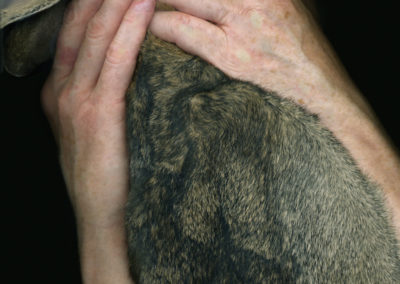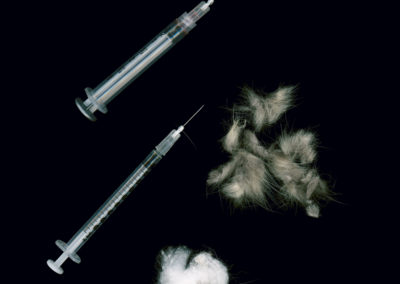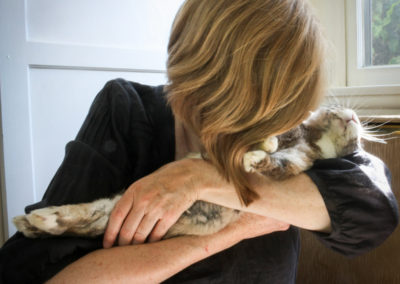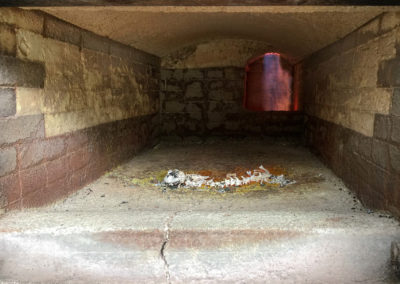
JULIA SCHLOSSER (CURATOR):
BIO
Julia Schlosser, MA, MFA, is a Los Angeles based artist, artist-researcher and educator. Her artwork elucidates the multilayered relationships formed between people and their pets. Her writing and research interests focus on contemporary photographic artwork that depicts animals’ lives and deaths. Her photographs are included in Antennae’s issue # 41 – Autumn 2017, Exposing Animals II and in Mourning Animals: Rituals and Practices Surrounding Animal Death edited by Margo DeMello, Michigan State University Press, 2016. Julia chaired the 2017 Seeing with Animals Conference that focused on artists and art historians who depict and interrogate images of animals in contemporary art practice. She also co-juried the Co-Existence art exhibition, and edited and designed the Co-Existence catalog that was produced in conjunction with the conference. She is a lecturer at California State University, Northridge, where she teaches photography.
www.juliaschlosser.com
www.anilum.art
ARTIST STATEMENT
Companion animals have played an important part in my adult life. I live “closely” with these animals and, as anyone who lives with pet animals knows, their life spans are much shorter than ours. So, issues about aging, caretaking and end of life decisions occur much sooner in a pet’s life than for most humans. As my pets have aged or when they have had serious health issues, I struggle to care for them, to make medical decisions that I think will support them, and then to make choices about ending their lives. When they die, I struggle with grief and with guilt about how and when their lives have been ended.
In 2011, my rabbit Claire was diagnosed with osteomyelitis, a painful bone infection. As I was in the process of deciding to euthanize her, I began to make a series of images that reflected the pain I felt at the time. After she died, I had a window of time to spend with her body before taking her to the crematory. I brought her home and used a flatbed scanner to scan her as I was holding her. The weight of her body pressed my arms into the bed of the scanner as the image was being made. Engaging in this act of shared corporeality allowed me to connect with her, body to body, one final time. I also scanned items associated with her death, like the towel she was wrapped in as the euthanasia procedure was performed. Bits of her fur that were shaved to find the vein in her leg for the injection remain embedded in the towel.
In 2017, my 17-year old cat Sebastian was euthanized. After his death I returned to my veterinarian’s office to scan the syringes used to administer the euthanasia medication. I also photographed his body with my iPhone as I moved through the process of delivering and placing him in the crematory at Los Angeles Pet Memorial Park. Towards the end of the cremation, the technician opened the door of the oven to break up Sebastian’s bones to complete the process. These images remain difficult for me to look at and to write about, but I also take comfort from them as reminders of the privilege of sharing time with these animals.




